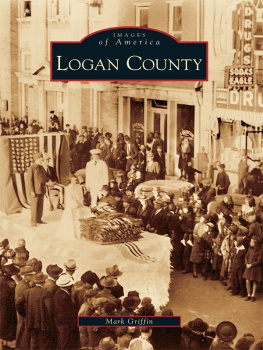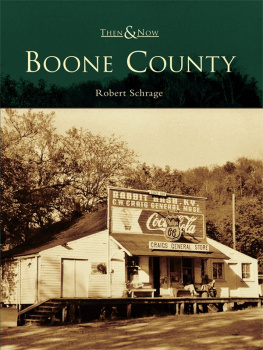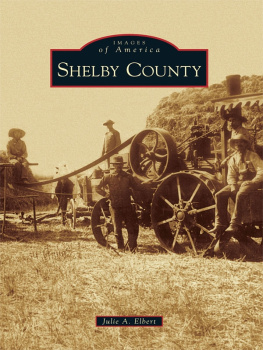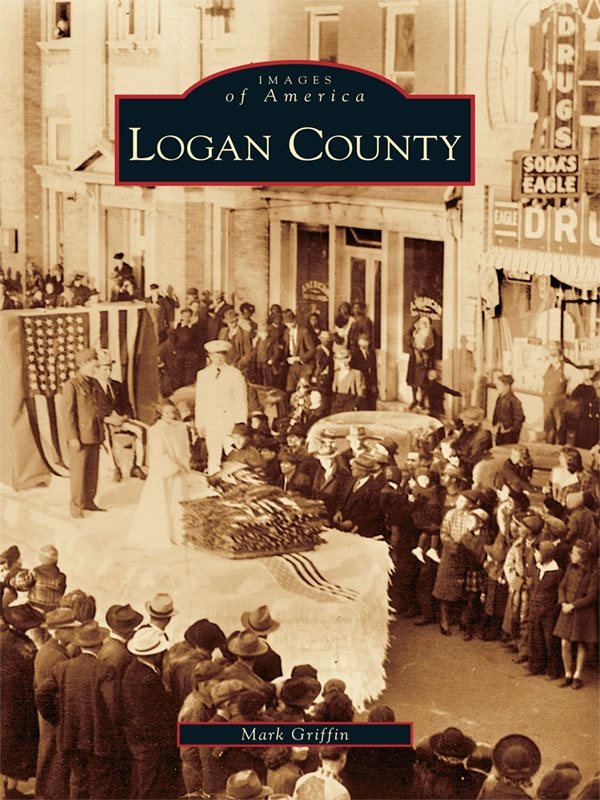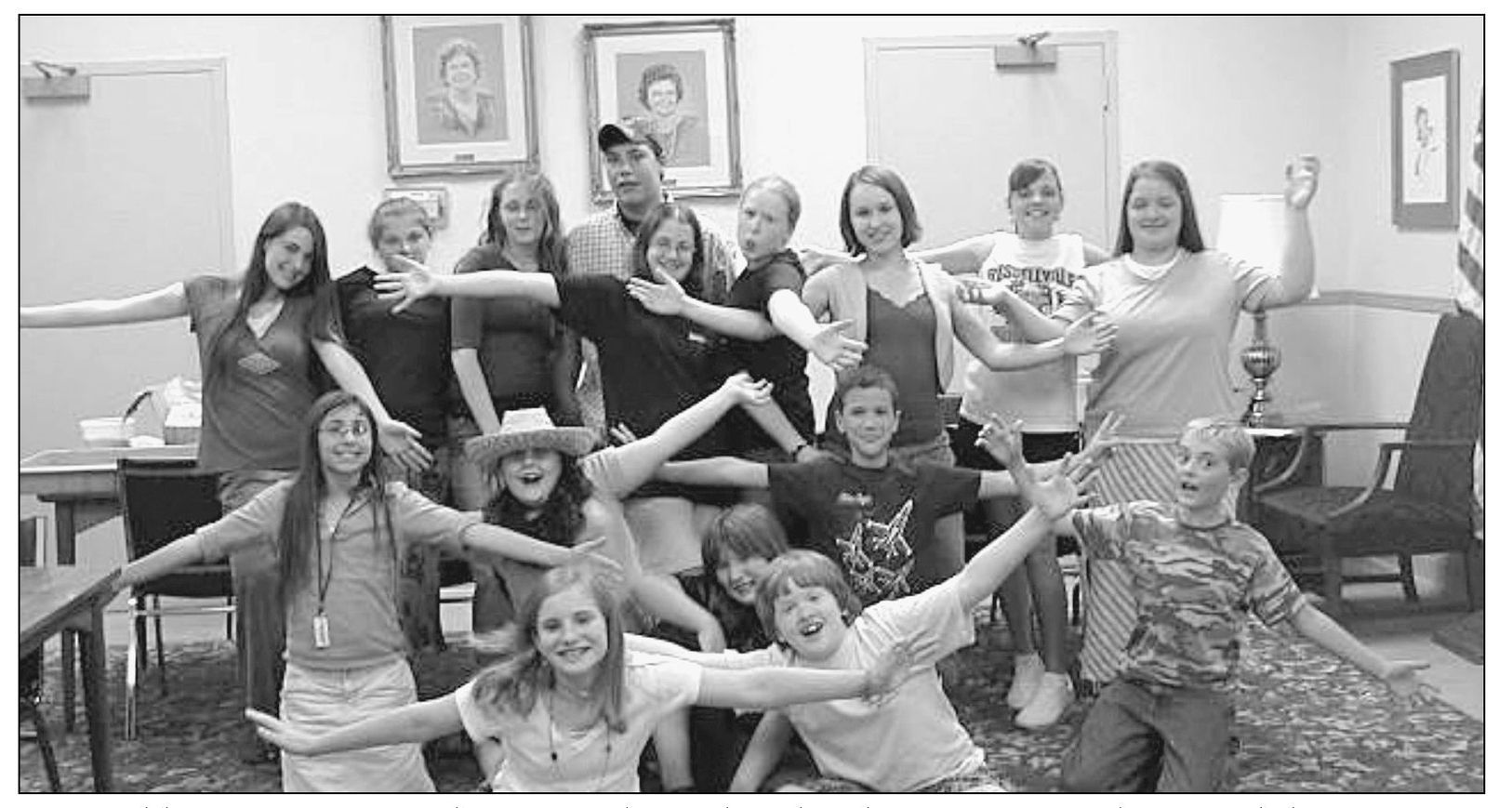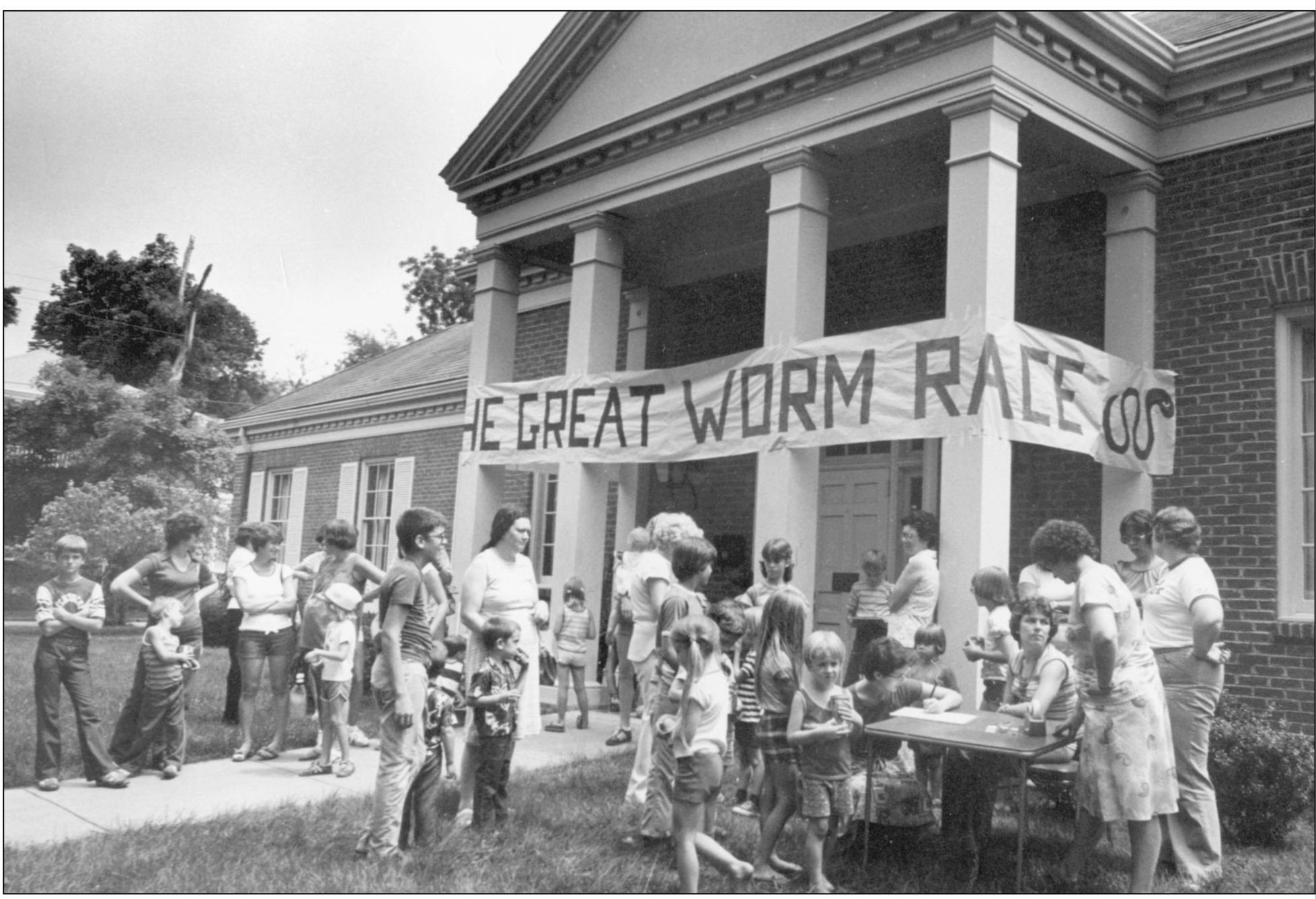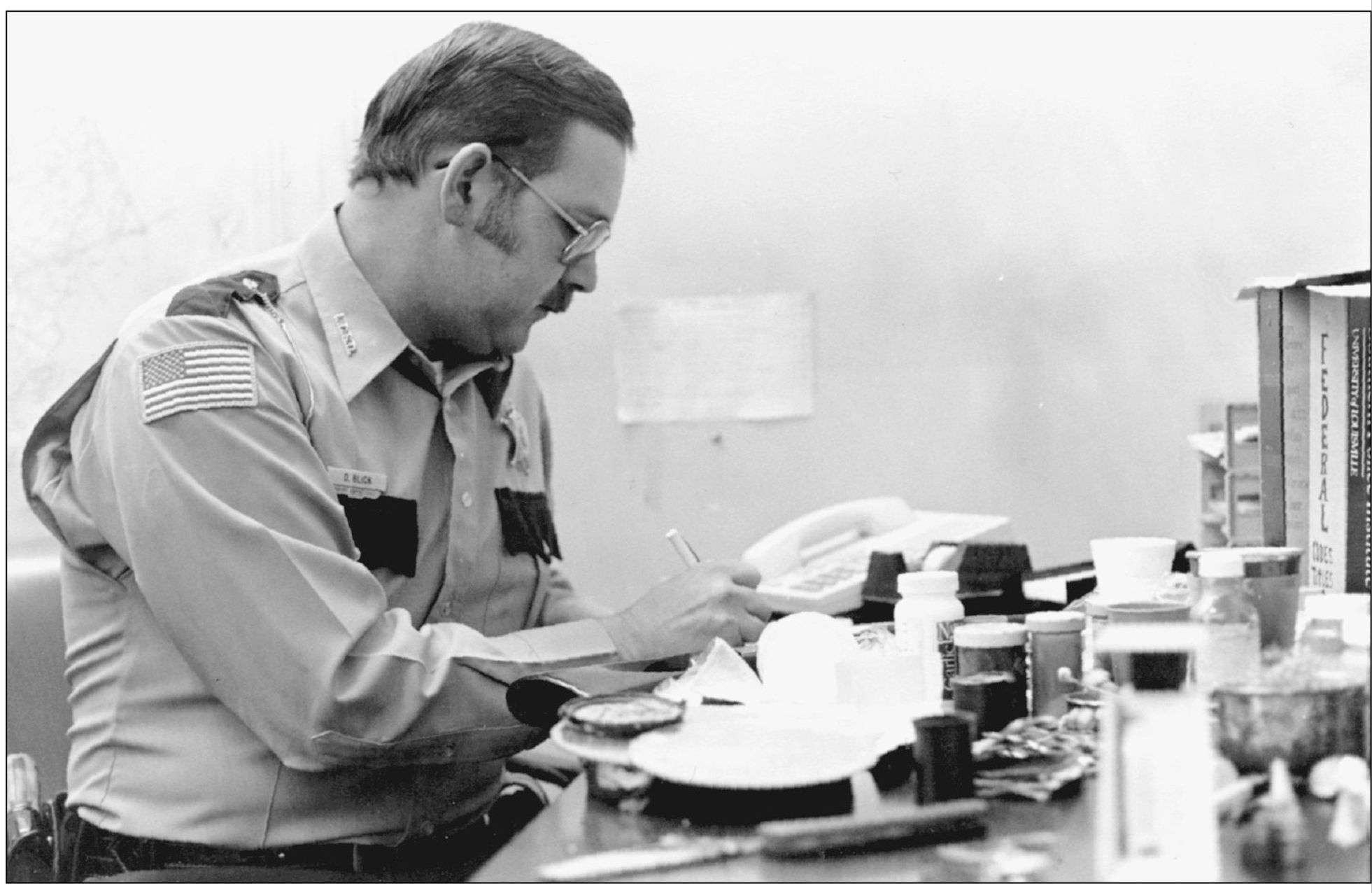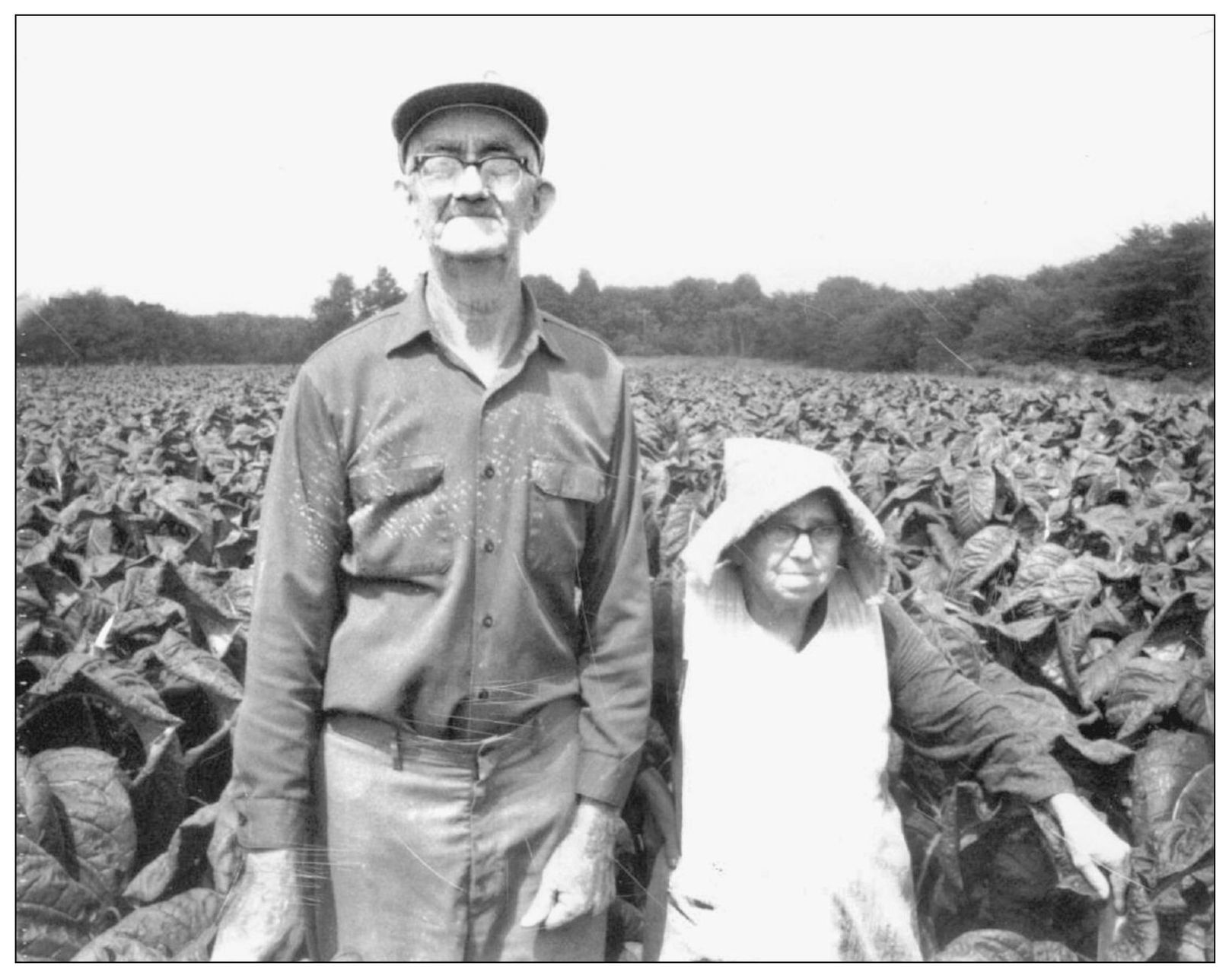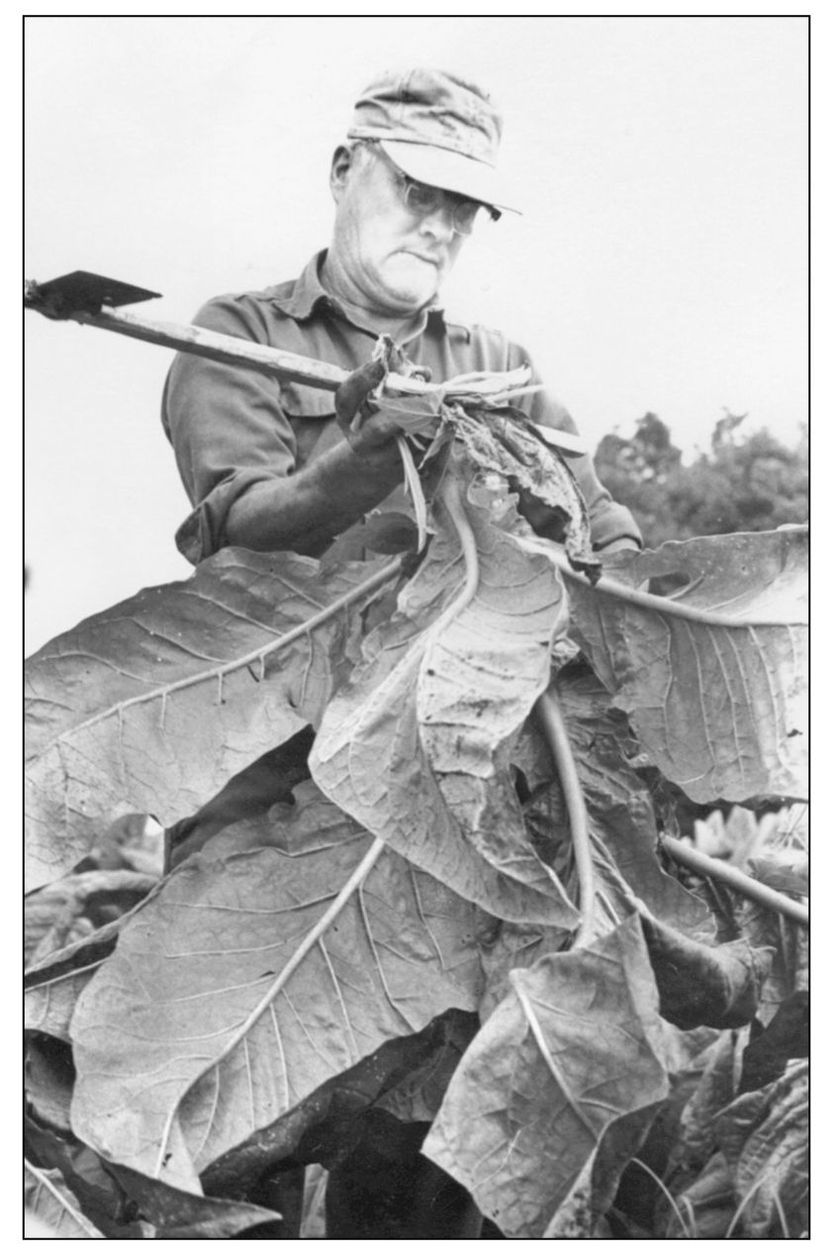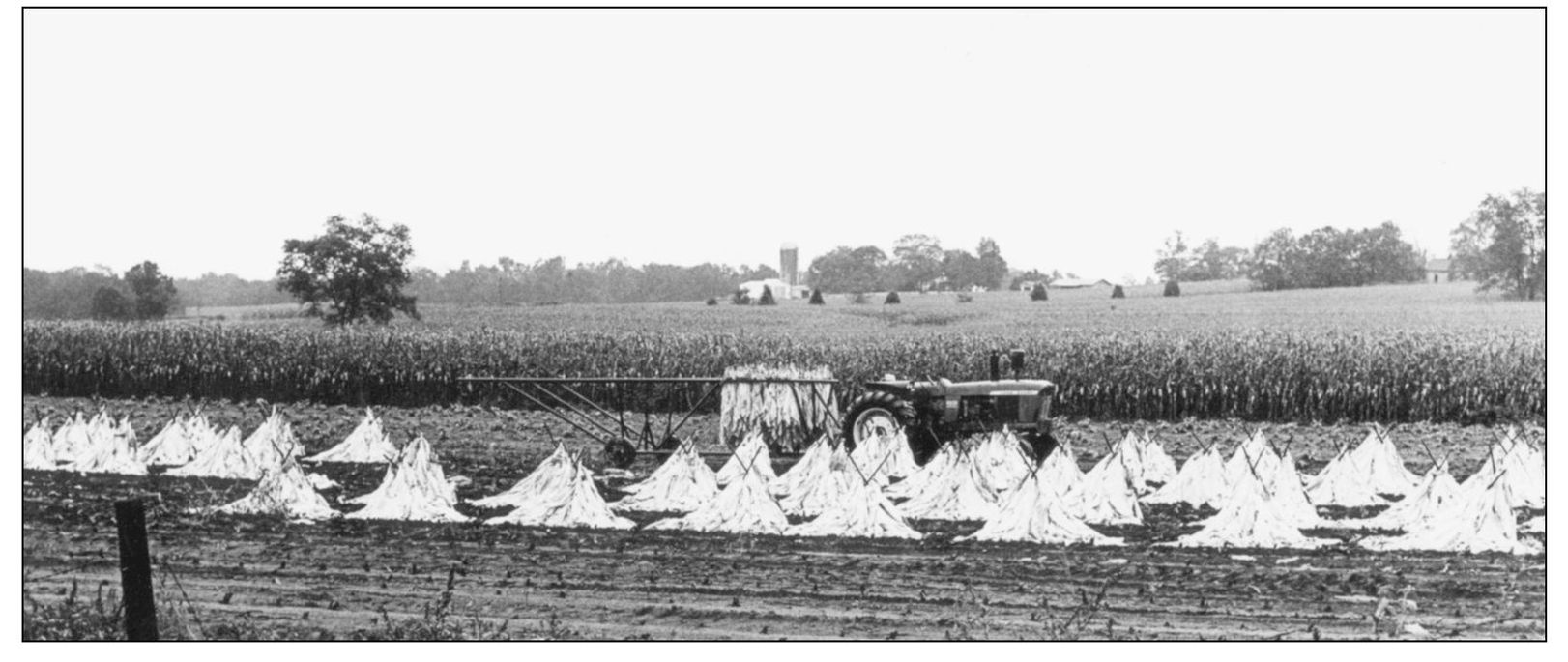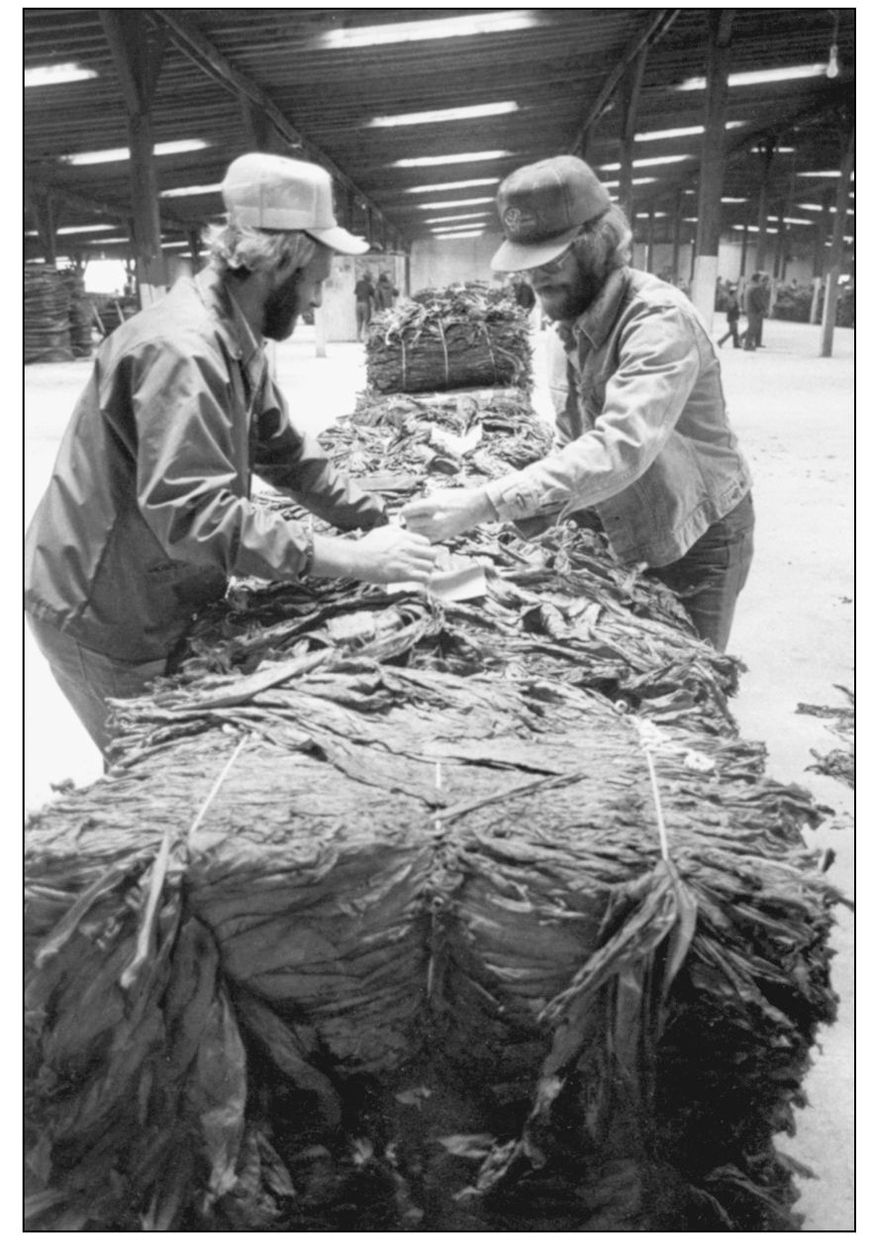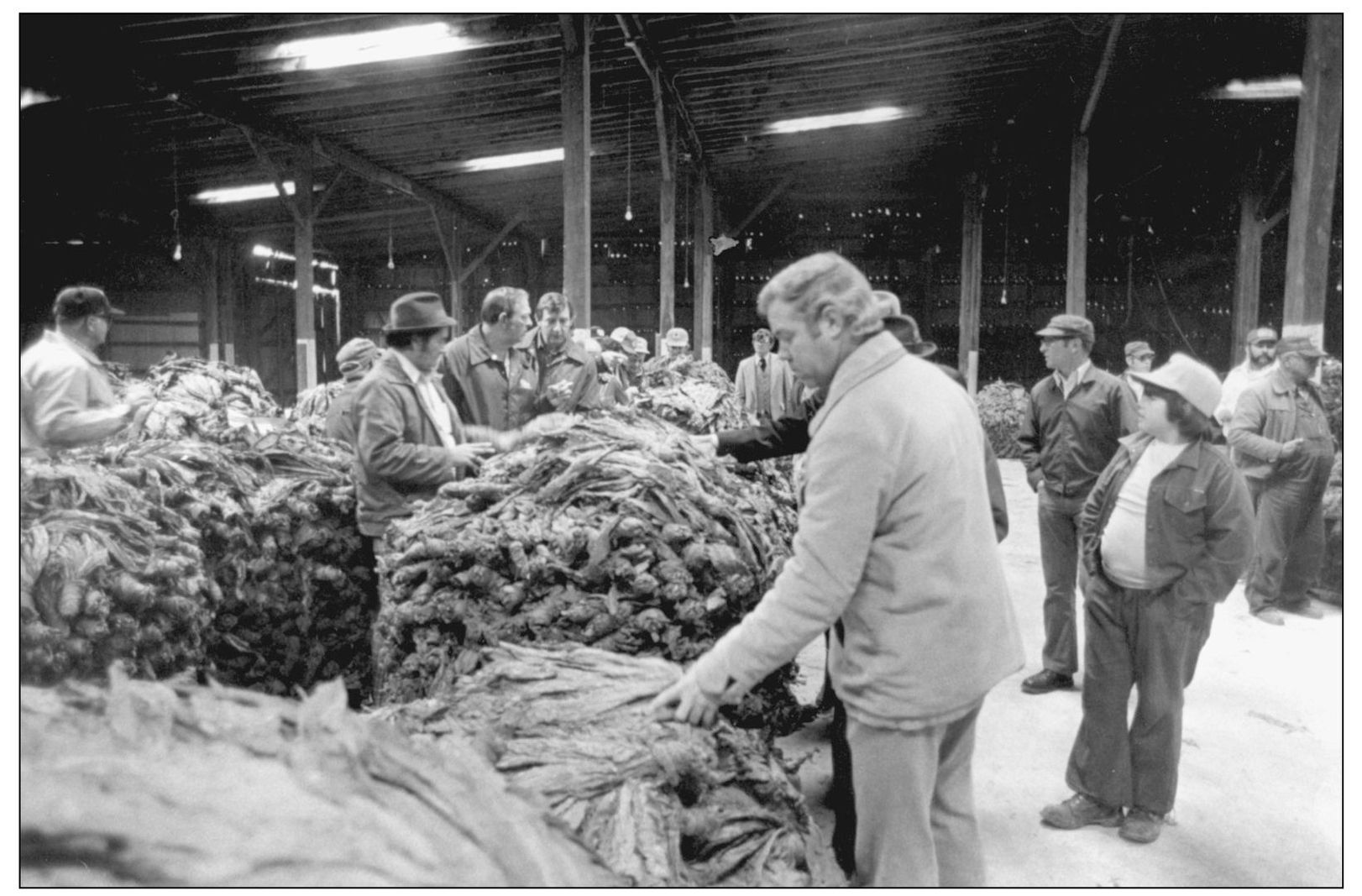ACKNOWLEDGMENTS
This isnt meant to be a history book but instead a reminder of what makes this county uniqueto show people what rich history and lore thrives here. As an obsessive photographer, I find that one of the great perks of working at the Logan County Public Library is seeing the wealth of photographs accumulated, which has been recognized by the state government. For this book, I selected the pictures that best represent Logan County. Tobacco, Red River Meeting House, Tom Rhea, Doc Beauchamp, and, of course, Jesse James are a must for this book. Other pictures were selected because they were such great pictures. I tried to credit all photographers, but most pictures were anonymous. This is not a definitive book on Logan County. A book double this size could have been easily done, but only so many pages were allowed and tough decisions had to be made.
Several people have helped to make this book possible: Monica Edwards, Evelyn Richardson, Speed Dukes, Jayne Thomas, Mute Boy of Quake zine, Robert and Marilyn Griffin, Logan County Public Library, Logan Arts Council, News-Democrat & Leader newspaper, Tom Noe, Nola Willeford, Judy Lyne, and Michael Morrow.
All of the authors proceeds from this book will go to the Leaders in Training (LIT) Program, the youth group at the Logan County Public Library (LCPL). The program was started in 2000 by Youth Services librarian Monica Edwards as a way to teach leadership skills in the youth. They assist in all of the library programs and volunteer their help with the staff on numerous occasions.
Pictured here are a few of the LITs. Above their heads are paintings by Meredith Stewart of LCPLs first library director, Lillian Noe (left), and former regional librarian and volunteer Evelyn Richardson.
BIBLIOGRAPHY
Coffman, Edward and Edward Coffman Jr. Through My Fathers Eyes: The Story of Logan County . Russellville, KY: Coffman Book Company, 2004.
Finley, Alex. The History of Russellville and Logan County, KY. Russellville, KY: O. C. Rhea, 1878.
Griffin, Mark. John Carpenter: The Horror That Came From Bowling Green. Amplifier . October 1998.
Griffin, Mark. Short Stories of Logan County . Unpublished manuscript.
Griffin, Mark. Stand There and Tremble: When the Night Riders Came To Russellville . Unpublished manuscript.
Kleber, John E., ed. The Kentucky Encyclopedia . Lexington, KY: University Press of Kentucky, 1992.
Lewisburg/North Logan County Historical Commission, Inc. History of Lewisburg and North Logan County, Kentucky . Charlotte, NC: Herff Jones, printer, 1999.
Martin, Bess and Mark Griffin. Arts in Logan County Scrapbook . Unpublished manuscript, available at Logan County Public Library.
Stratton, Margaret Barnes. Place-names of Logan County and Oft-told Tales . Russellville, KY: News-Democrat , 1950.
Turner, Marie. Churches of Christ, Logan County . Printers Plus, 1986.
The Logan County Public Library was once housed at the Breathitt House and at the bank Jesse James robbed. It moved to its current location in 1967 thanks to the deGraffenried funding. Children come to the library for the activities.
When Dannie Blick, retired sheriff, died suddenly in 2006 during his race for judge-executive, the whole community was shocked. With his level headedness and professionalism, he was seen as someone who would be progressive for Logan. He will be missed.
I dont know what Ill do in the future, Blick said upon retiring as sheriff in 2002, but whatever it is, Ill do it in Logan County.
Find more books like this at
www.imagesofamerica.com
Search for your hometown history, your old
stomping grounds, and even your favorite sports team.
One
TOBACCO AND FARMING
Tobacco is much maligned today, but once it was the most important crop grown in the United States. When settlers first came to the New World and discovered tobacco, the crop became the only commodity worth trading with other countries. The rich soil in Logan County made it one of the most ideal places to grow tobacco, and many farmers, such as Mr. and Mrs. Willie Adler, depended on it for survival.
Traditionally tobacco season started in March with plant beds being sown. In May, the plants were transplanted to the field. Come August, the tobacco is ready to cut (as shown at left by M. Aaron Shoulders on a farm near Adairville). The crop is set out to dry on sticks (below) before being taken to the barn (top picture, opposite page).
After being harvested, the tobacco would be cured in a barn for months. Three kinds of tobacco were grown: burley, one sucker, and dark fired. Dark fired, used for snuff, was smoked in barns (below) for flavoring. This tobacco was once so important to Logan and other counties that when prices became very low during the early 1900s, violent skirmishes called the Tobacco Wars resulted.
Once the tobacco was cured, it would be stripped from the stalks, as these unidentified people are doing above. The tobacco leaves originally would be tied together by another leaf. That practice later changed to where the leaves are simply baled (shown at left).

